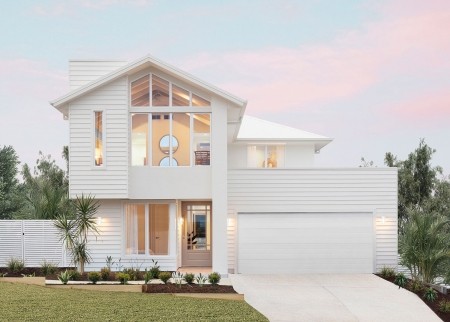What is Weatherboard Made Of?
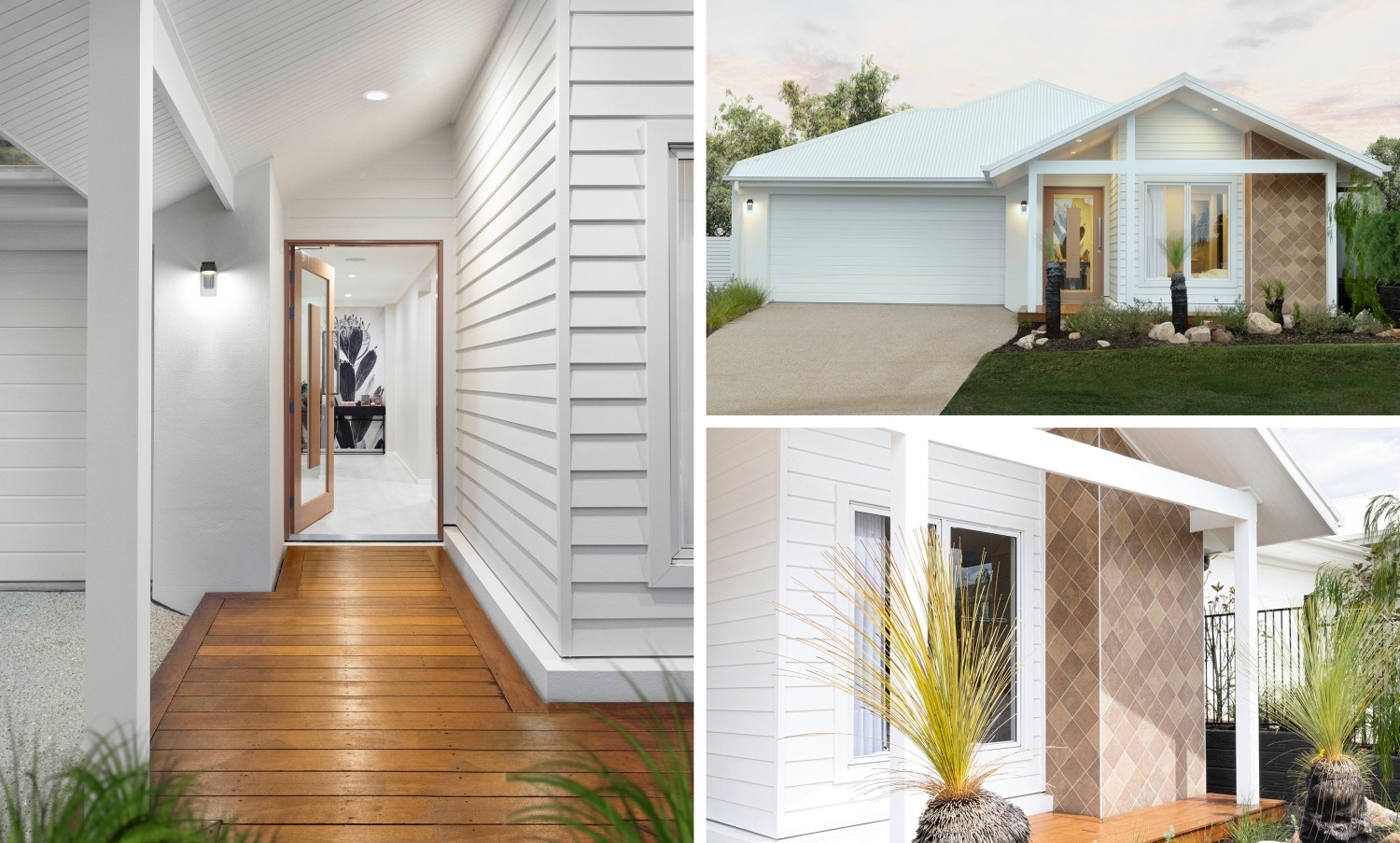
If you’re ready to build or renovate a home, you’ll likely be considering the type of external cladding you want – not just for its aesthetic appeal, but also its long-term durability and capacity to stand up to the harsh Queensland elements.
Among your many options, weatherboard cladding remains a classic choice for countless homeowners. It’s been a defining feature of Australian architecture for decades thanks to its practicality and timeless charm, but what exactly is weatherboard made of, and why is it such a popular choice to this day?
What is Weatherboard?
Weatherboard is a type of external wall covering made from overlapping boards or planks. It not only protects the building's exterior from all types of weather conditions, but also adding a distinctive design appeal. Also referred to as ‘siding’ in other parts of the world, weatherboard cladding is as functional as it is decorative.
The overlapping design of weatherboard homes means that rainwater can easily flow off its surface, which means no water can penetrate the internal structure. This layering improves the durability of the weatherboard house while also creating additional thermal insulation, so your interiors are comfortable year-round.
Beyond these functional advantages, weatherboard materials lend a sense of character and warmth to homes. Whether you decide to paint it in a classic white or stain it to highlight the natural timber textures, weatherboard is great choice that can complement a huge range of architectural styles, from heritage cottages to modern minimalist designs.
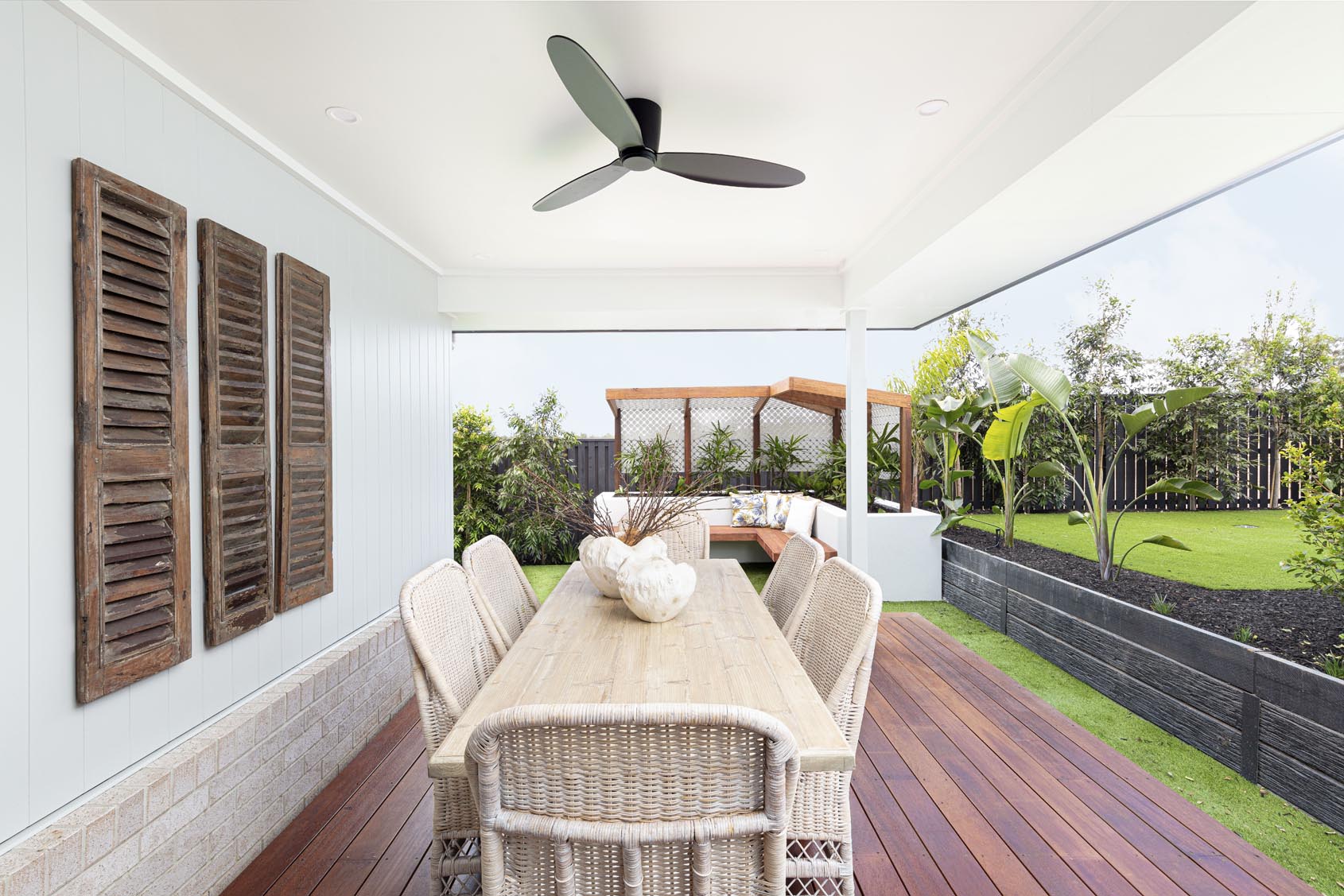
Why Are Weatherboards Important?
Here are a few reasons why weatherboards are so popular among Queensland homeowners:
- Weather resistant: As the name suggests, weatherboards act as a ‘shield’ for your home, protecting it from the elements. They are a barrier against rain, wind and sunlight to keep your home’s structural integrity in good shape.
- Thermal insulation: Weatherboard can help stabilise comfortable indoor temperatures thanks to it being an extra layer of insulation. Some materials, like hardwood timber cladding, naturally excel in thermal performance.
- Design options: Weatherboards are a defining feature of many architectural styles, with their horizontal lines and versatile finishes making them a popular choice to boost street appeal.
- Long-lasting: High-quality weatherboard material is engineered to withstand the harsh Australian climate, including high UV exposure, heavy rain and rapid temperature fluctuations.
- Eco-friendly: Many weatherboard materials, such as timber cladding and fibre cement, are recyclable or sustainably sourced. As such, they are an environmentally conscious choice for residential builds.
Types of Weatherboard Materials
Weatherboards are available in a variety of building materials, and each one has its own set of benefits and drawbacks. In terms of how to choose the right material, you’ll want to weigh up factors like the local climate, how often you want to do maintenance, your home building budget and your overall design ambitions. Let’s take a closer look at the most common weatherboard materials.
Timber Weatherboards
Timber weatherboard is the most traditional form of cladding and has been used in Australian architecture for centuries. The material is loved for its natural beauty and versatility, and is available in two main types:
- Softwood: Lightweight and easy to work with, softwood weatherboards (like cedar) are great for prefabricated buildings and projects where weight is a concern. They are generally more affordable but are more easily damaged and less fire-resistant.
- Hardwood: More durable and impact-resistant, hardwood weatherboards (like eucalyptus and spotted gum) are perfect for residential builds. They can be painted or stained to suit your particular styles.
Whether softwood or hardwood, timber weatherboards demand ongoing maintenance, including painting or staining, to prevent rot and pest infestations. Despite this, their beauty and many beneficial properties make them a favourite among homeowners.
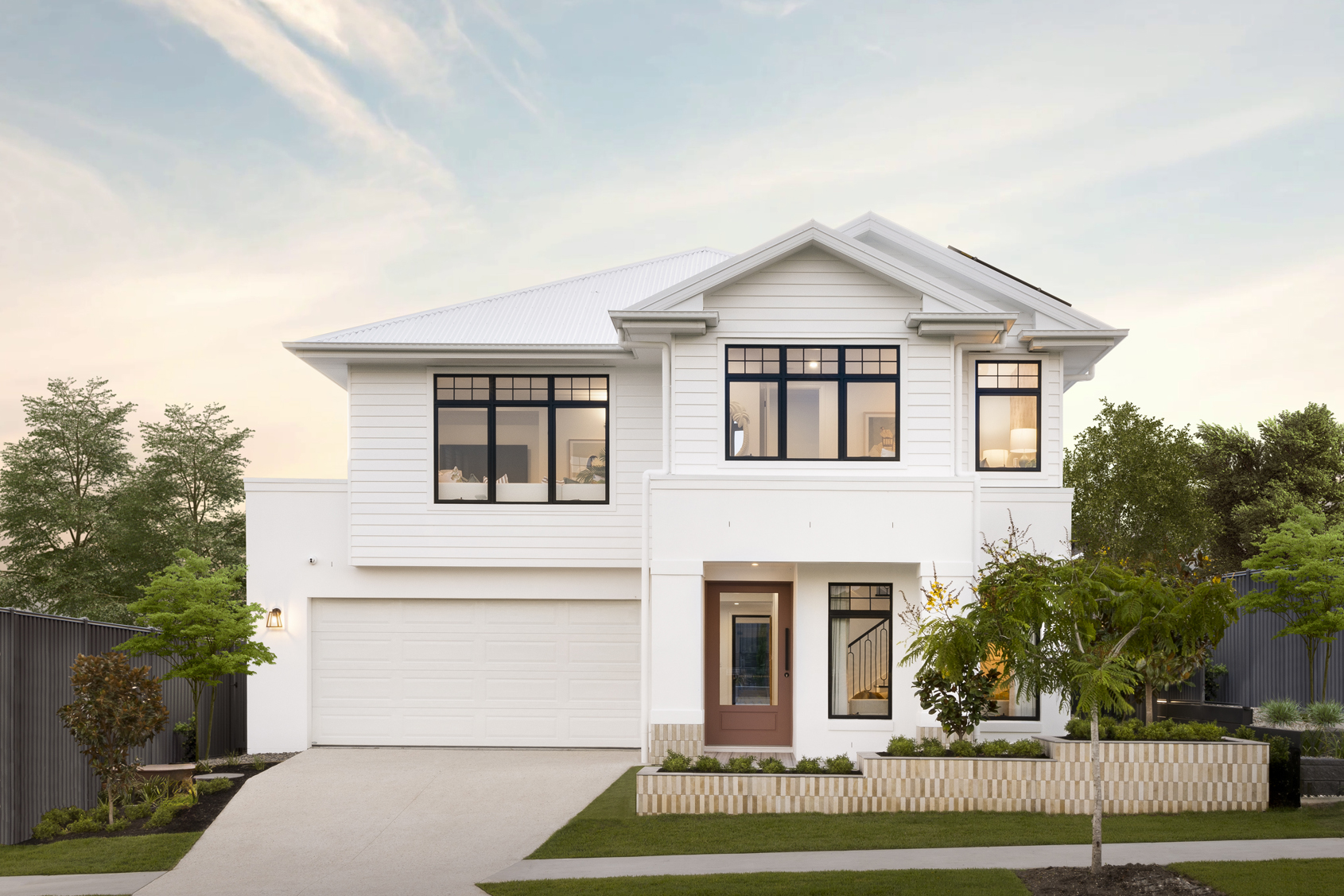
Fibre Cement Weatherboards
Fibre cement weatherboards are made from composite materials of cement, sand, water and cellulose fibres. They have surged in popularity in recent years thanks to their durability and low maintenance.
Fibre cement weatherboards are highly fire-resistant, which makes them an excellent choice for bushfire-prone areas and Queensland in general. They can also stand up to extreme weather, including heavy rain and constant UV exposure, without warping or cracking.
Fibre cement weatherboard can be painted in any colour you like, and they are available in a huge range of textures and finishes. Just be aware they can be heavier and more expensive to install than other materials.
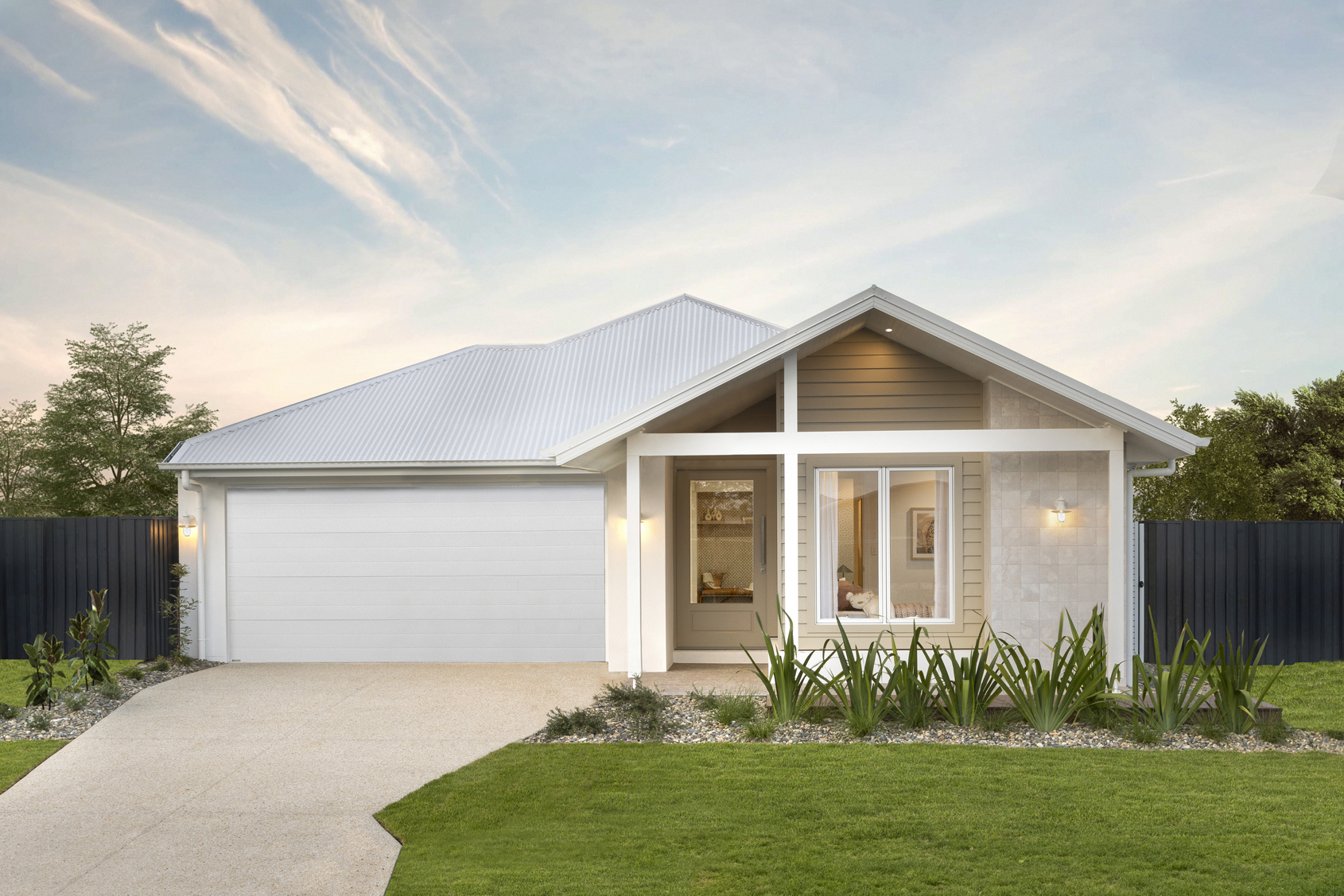
Vinyl Cladding Weatherboards
Vinyl weatherboard cladding is a budget-friendly alternative made from polyvinyl chloride (PVC). Lightweight, long-lasting and easy to install, it’s no wonder they are a popular choice for DIY projects and renovations.
Vinyl weatherboards don’t require painting or staining, and they are resistant to rot and insect damage, which makes them ideal for coastal areas as they can withstand high humidity and exposure to salty breezes.
Like fibre cement, they come in a wide range of colours and finishes to choose from, but just bear in mind that they may not be as environmentally friendly as other options due to the manufacturing process. They can also be more susceptible to damage than timber weatherboards.
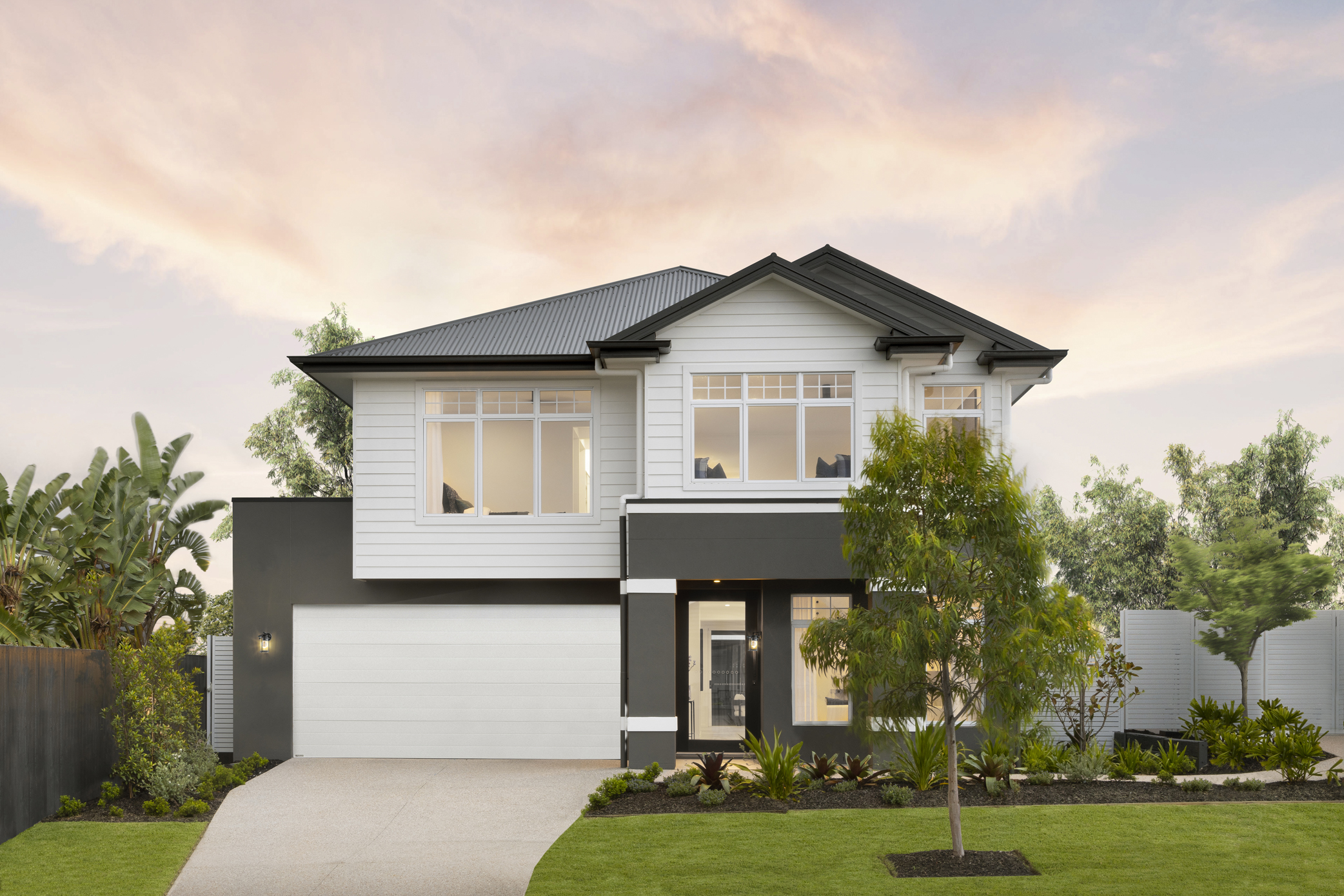
H3: Aluminum Weatherboards
If you are after a sleeker, more modern look while still getting a highly durable and lightweight cladding material, aluminium weatherboard could be for you. Aluminium is naturally resistant to rust, which makes it perfect for seaside locales such as the Gold Coast and Sunshine Coast.
These weatherboards require very minimal maintenance and are resistant to pests and rot. They have good insulation properties as well and can be manufactured to mimic other popular – but more expensive – materials like timber and stone.
One downside to aluminium weatherboards is their susceptibility to denting. They also demand professional installation to make sure they are properly sealed and can protect your home against water seeping in.
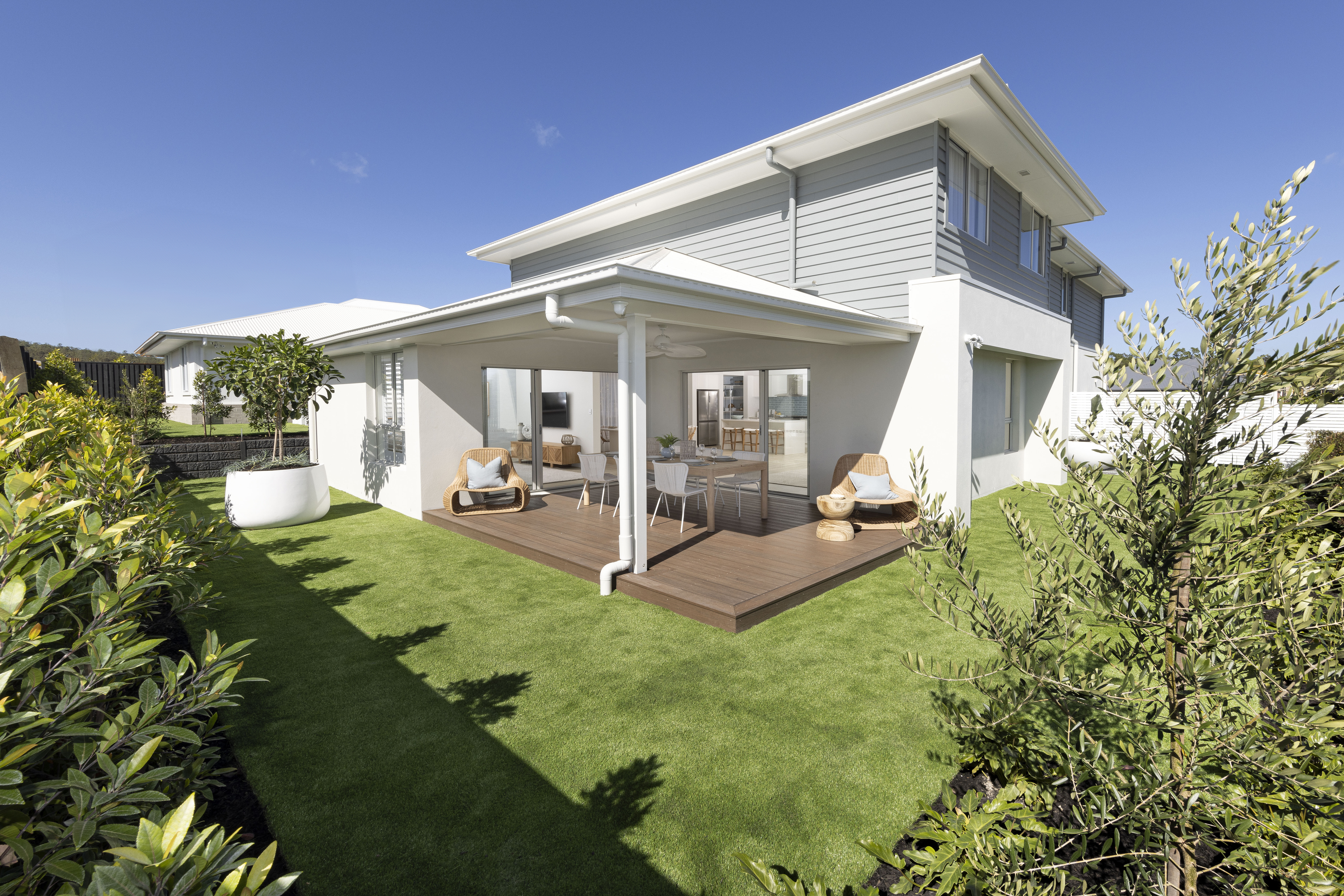
Factors to Consider When Choosing Weatherboard
Climate
Your local climate will arguably play the biggest role in determining which weatherboard material is best for your home. For example, coastal parts of the country are best for materials like fibre cement and aluminium, which can stand up to high humidity levels, salt spray and strong winds. For bushfire-prone towns, on the other hand, fire-resistant materials like fibre cement or treated hardwood are best.
Durability and Maintenance
Think about how much time and effort you’re willing to invest in maintaining your weatherboard cladding. While timber weatherboards will give you that timeless beauty everyone wants, it demands repainting or staining every few years. In contrast, fibre cement and vinyl are low-maintenance alternatives with long lifespans.
Aesthetics
Timber weatherboard is perfect for getting that classic warm look, while fibre cement and aluminium are sleeker options for a more modern finish. Vinyl is affordable and has lots of different choices of colour.
Cost and Installation
Budget is a big consideration when building a weatherboard house. Timber weatherboards are generally more affordable upfront, but their long-term maintenance costs can add up over the years. Fiber cement and aluminium weatherboards can be more expensive at first, but they will also be lower maintenance in the years to come.
Don’t forget to factor in installation costs, which will fluctuate depending on the material and size of your project.
Bushfire-Prone Areas
If you live in a bushfire-prone part of the country, choosing a fire-resistant weatherboard material is a must. Fibre cement weatherboards are a popular choice for Queensland homes, as the best products on the market comply with stringent bushfire safety standards.

Weatherboard is an amazingly practical cladding material that has stood the test of time in Australian architecture. From the natural charm of timber to the long-lasting nature of fibre cement, there’s a weatherboard material to suit every home, climate and, most importantly, budget.
At Brighton Homes, we help everyday Australians build homes that reflect their personal style and design preferences. Our expertly designed homes blend high-quality materials with beautiful designs, so you can enjoy a home that ticks all the boxes. Contact us today or visit one of our many display homes in South East Queensland to find out how you can build the Brighton home of your dreams with a weatherboard facade.


